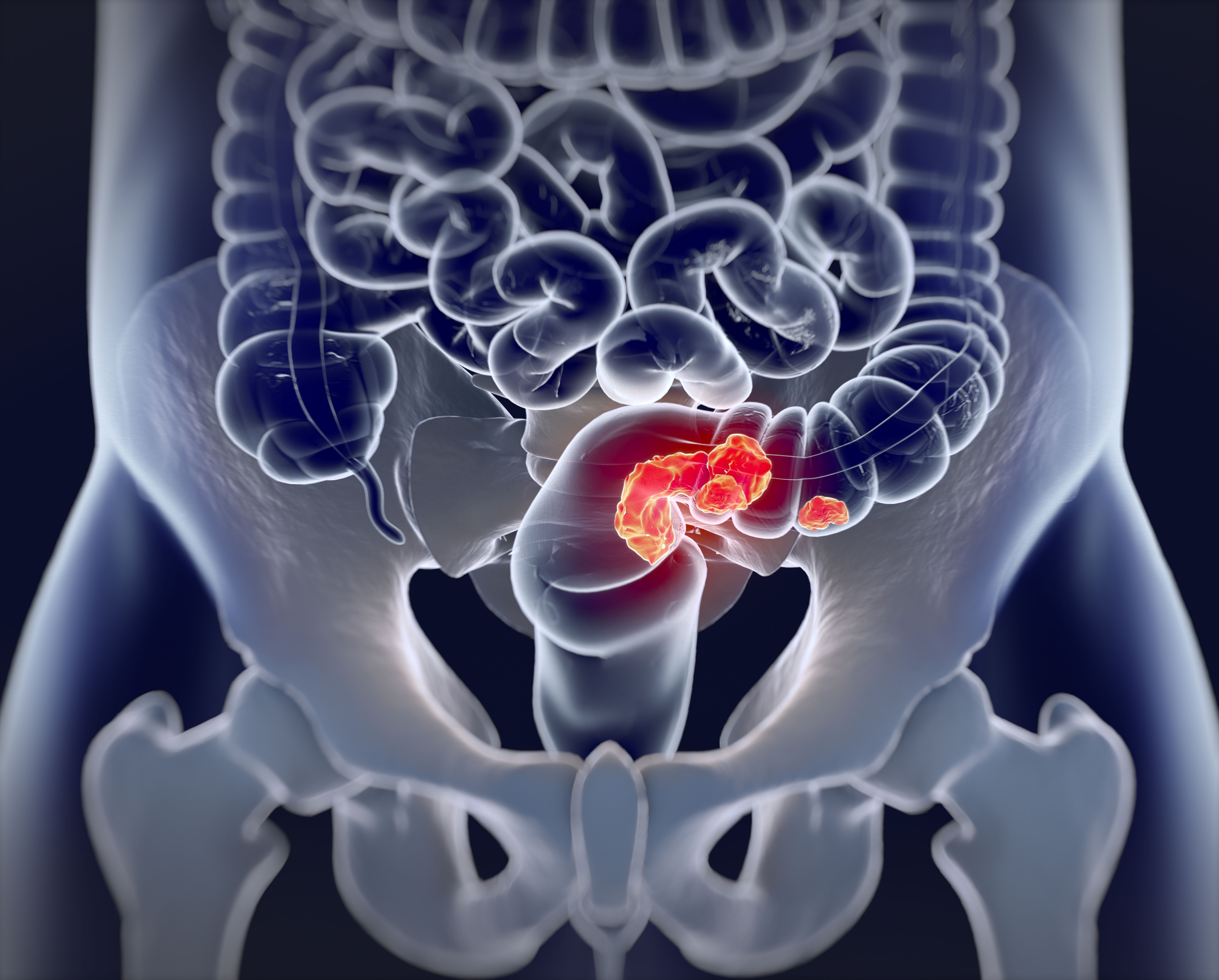- Center on Health Equity & Access
- Clinical
- Health Care Cost
- Health Care Delivery
- Insurance
- Policy
- Technology
- Value-Based Care
Rectal Cancer Has Better Short-Term Outcomes With Robotic Abdominoperineal Resection
Laparoscopic abdominoperineal resection had worse short-term outcomes when compared with robotic resection, according to a review.
Robotic abdominoperineal resection (APR) had both a negative circumferential resection margin and better short-term outcomes compared with laparoscopic APR, according to a review published in Cureus.1 Efficiency, cost effectiveness, and survival of robotic APR requires further research given these results.
The cancer with the third highest incidence rate in the world is colorectal cancer (CRC),2 with rectal cancer making up approximately 35% of all cases in Europe. APR is the recommended mode of surgery for advanced lower rectal cancer; it involves a permanent colostomy due to the removal of the rectum and anal canal among accompanying areas. However, this surgery does carry some risks. This review aimed to assess the differences in robotic and laparoscopic APR for rectal cancer, including the difference in effective outcomes and the advantages of either surgery.
Robotic APR had better short-term outcomes for patients needing surgery for rectal cancer compared with laparoscopic surgery | Image credit: Anatomy Insider - stock.adobe.com

The researchers looked through PubMed, Cochrane, Google Scholar, and ResearchGate databases to collect data from previous studies. Studies were included if all patients were aged 18 years or older, were undergoing surgery for rectal cancer, had robotic or laparoscopic resection, had a comparison between the types of surgery, had data on a primary oncological outcome, included the number of harvested lymph nodes and recurrence, and included complications. Studies were excluded if they were not written in English, if the cancer was recurrent, if the patient had open surgery, or if the patient was aged 18 years or younger. The Newcastle-Ottawa scale was used to assess quality of the studies.
There were 7 studies included in the final review, all of which were published between 2015 and 2024. The studies included 10,331 patients, of which 8895 had laparoscopic APR and 1499 had robotic APR.
Postoperative tumor size was reported in 2 studies, where there was no statistical difference between the groups. No statistical difference between the groups was reported in number of harvested lymph nodes. However, a positive resection margin was statistically significantly higher in the laparoscopic group (OR, 0.35; 95% CI, 0.14-0.89). Robotic APR had a longer operation time when compared with the laparoscopic resection as reported in 6 studies (mean difference [MD], 11.25; 95% CI, 9.25-13.04).
Robotic APRs had a lower conversion rate to open surgery when compared with laparoscopic APR (OR, 0.38; 95% CI, 0.28-0.51). Patients who underwent robotic APR also had a shorter postoperative hospital stay when compared with laparoscopic APR (MD, –2; 95% CI, –2.08 to –1.92). Postoperative ileus had a higher incidence in those who had laparoscopic APR when compared with the robotic APR group (OR, 0.74; 95% CI, 0.61-0.89). Lastly, thromboembolic complications were less common in patients who had robotic APR (OR, 0.14; 95% CI, 0.03-0.69). Although there were differences in surgical site infections and cardiac complications, neither were significant.
Laparoscopic APR had a higher mortality rate when compared with robotic APR (OR, 0.15; 95% CI, 0.03-0.84).
There were some limits to this review. The number of studies comparing robotic to laparoscopic APR was limited. The studies were conducted a while ago and included less robotic operations. Recurrence rate could not be evaluated due to the lack of long-term outcome assessment in any of the studies.
The researchers concluded that robotic APR had better short-term outcomes when compared with laparoscopic APR. Evaluating the most cost-effective and efficient way to perform APRs will help to improve outcomes overall in this patient group, which may encourage robotic APR in the future. Future research should evaluate long-term outcomes in patients with rectal cancer.
References
- Mohammed H, Gabra IM, Halawa N, Naeem S, Ogah CO, Nath TS. Comparative systematic review and meta-analysis between robotic and laparoscopic abdominoperineal resection for rectal cancer: oncological and short-term outcomes. Cureus. Published online November 2, 2024. doi:10.7759/cureus.72877
- Colorectal cancer: key facts. World Health Organization. July 11, 2023. Accessed December 3, 2024. https://www.who.int/news-room/fact-sheets/detail/colorectal-cancer
